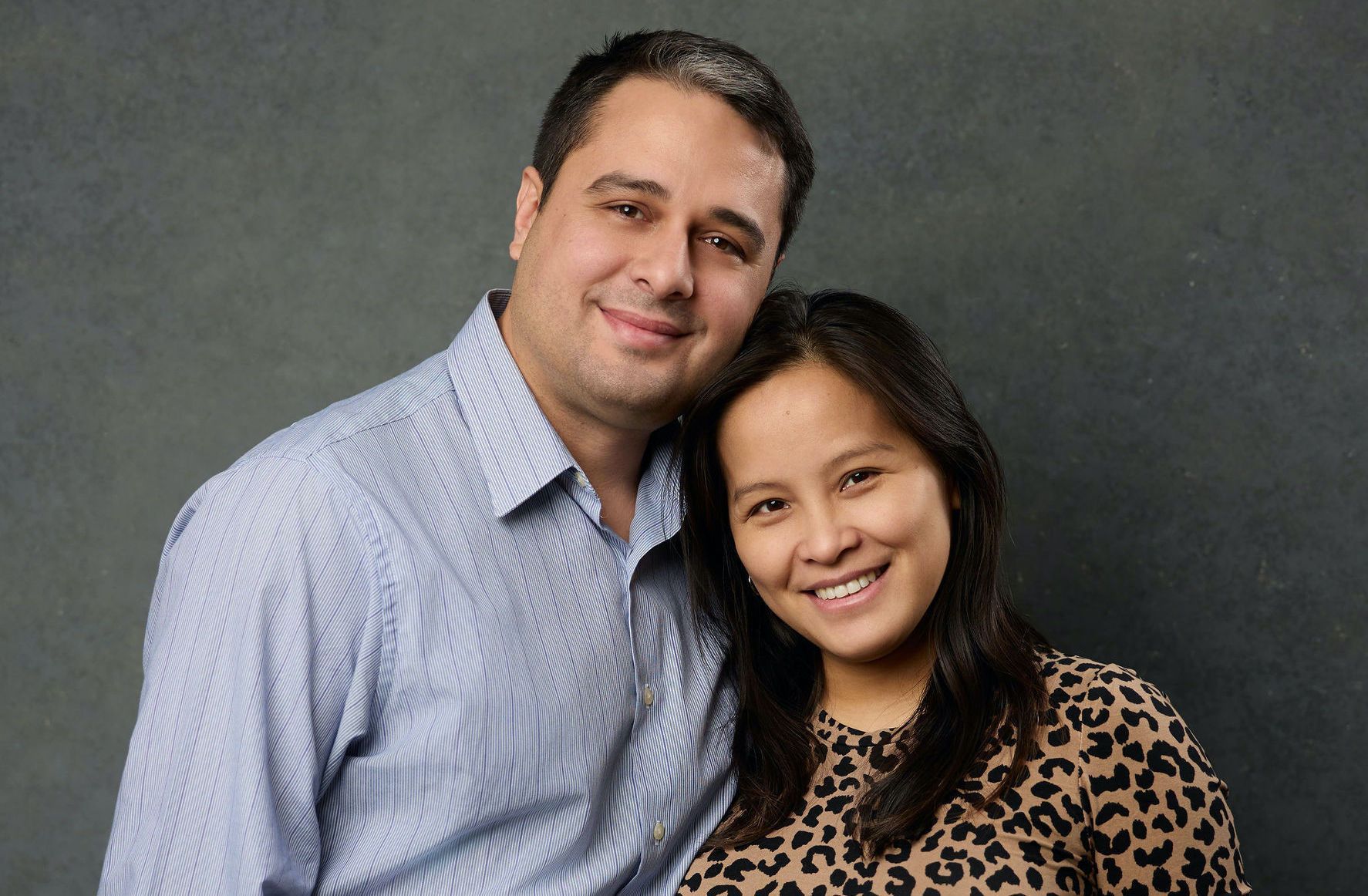A J-1’s No Objection Statement: A Long-Distance Dance
Generally, J-1 visa holders have a Home Residency Requirement placed on their visa, which requires the J-1 to return to their home country for 2 years after the visa ends. However, in order to adjust status or to file for a new visa, the Home Residency Requirement would need to be waived. From an immigration lawyer’s standpoint, the No Objection Statement (NOS) is by far the quickest and easiest to receive out of the five waiver options.
However, not everyone can receive this waiver because some J-1 visa holders are financially sponsored to travel to the United States, and the sponsoring government or agency would prefer the J-1 return to the home country to complete the exchange experience. As a side note, if a No Objection Statement is denied, you should seek the advice of an immigration attorney for assistance or to determine eligibility under another waiver category.
As the title eludes, the No Object Statement is a long-distance dance because the applicant will have to file with the U.S. Department of State (DOS) and the foreign government of the J-1 visa holder. The process has many steps, so I will outline how one should approach the dance or expect the dance to go.
- First, complete the Form DS-3035, also known as the J Visa Waiver Recommendation Application. As an important note, you must use the online form. The online form will create a barcode of the particular DS-3035, which is monumentally important.
- Second, the completed DS-3035 will be in the DOS’s system, yet you will still need to mail a copy to the Department of State, accompanied by the form’s processing payment.
- Third, keep a copy of the barcode because, as the instructions in the completed DS-3035 will state, you will need to send it to the foreign government.
- Fourth, you will need to perform what is required to receive a No Objection Statement from the specific home country. A country may have certain requirements for the NOS, which viewing the given country’s embassy website usually provides guidance.
- Fifth, wait for the approval or rejection of the No Objection Statement. If a no objection statement is issued, the foreign government will send it (1) to you and (2) to the U.S. Department of State, which the DOS will require the barcode be present with the government’s statement.
- Sixth, if approved, DOS will determine if they will give a favorable review of the foreign government’s NOS or if their review will be unfavorable.
- Seventh, after DOS makes it review, DOS will send the review to USCIS (starting an I-612 Filing), and USCIS will give the final determination of approved or denied I-612 Waiver.
If the No Objection Statement is approved by USCIS, then the J-1 visa holder is generally “immediately eligible” to begin the processing for adjustment of status, filing for another visa, or for application to permanent residence (Green Card).
Not to be the bearer of bad news, but being granted a waiver of the home residency requirement does not mean a person has a winning immigration application. The J-1 visa holder will still need to qualify for the immigration process he or she is then undertaking.
If you have any questions or concerns about the No Objection Statement or any other immigration matter, please feel free to call Fickey Martinez Law Firm at (910) 526-0066 or email us at attorney@fickeymartinezlaw.com.
Disclaimer: This Blog is made available by the lawyer or law firm publisher for educational purposes only as well as to give you general information and a general understanding of the law, not to provide specific legal advice. By using this blog site you understand that there is no attorney-client relationship between you and the Blog/Web Site publisher. The Blog should not be used as a substitute for competent legal advice from a licensed professional attorney in your state.
The post A J-1’s No Objection Statement: A Long-Distance Dance appeared first on Fickey Martinez Law Firm.












